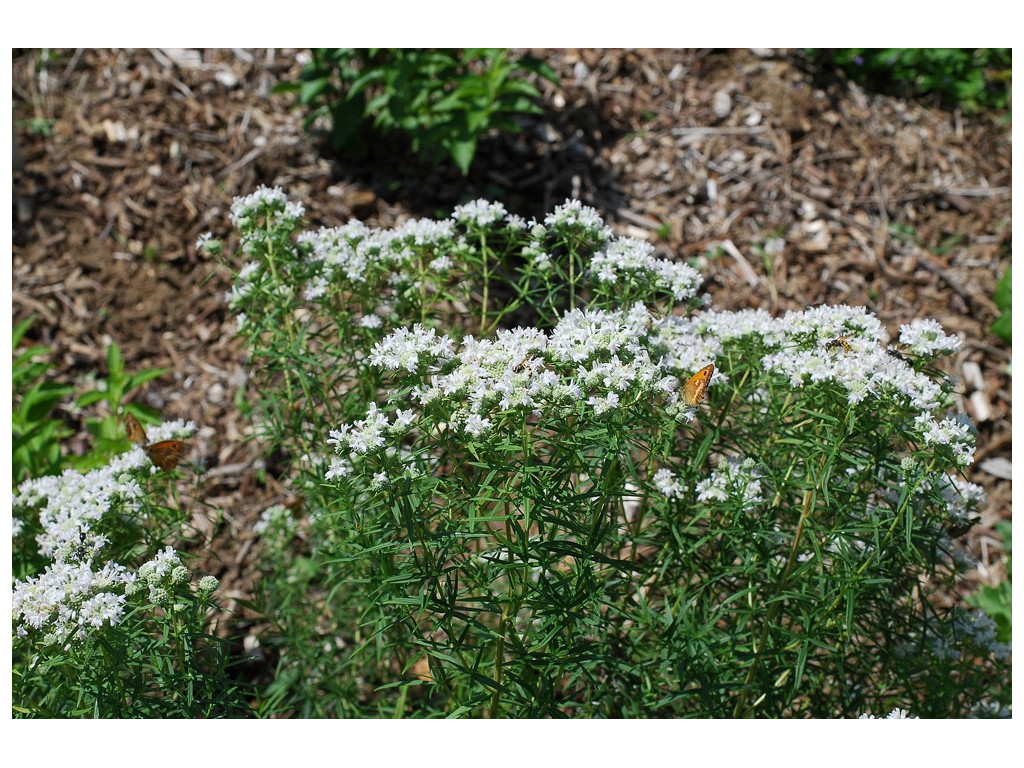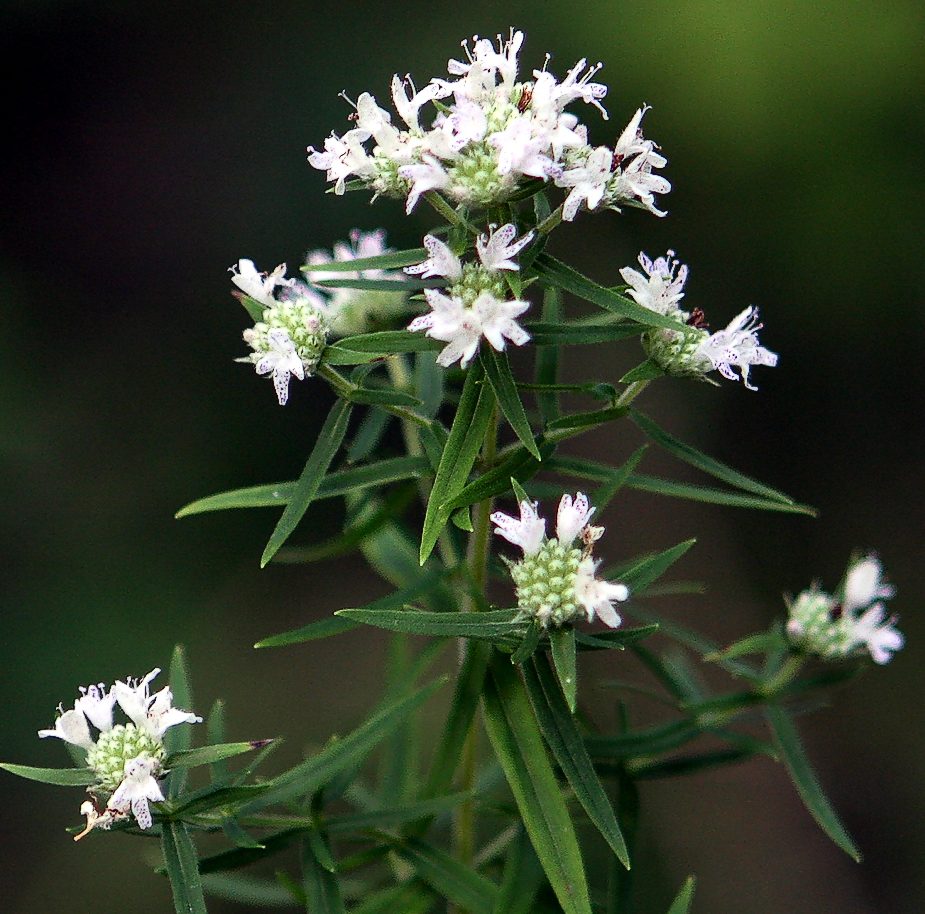

Fruit: Fruit Color: Black Display/Harvest Time: Fall Fruit Type: Capsule Fruit Length:

PYCNANTHEMUM VIRGINIANUM FULL

Play Value: Attractive Flowers Attracts Pollinators Wildlife Food Source Edibility: The dried leaves and flowers are used for making teas and flavorings. This plant attracts bees, butterflies and other pollinators including native sweat bees. MS, NC, NE NH, NJ, NY OH, OK, PA, RI, SC, TN, TX, VA, VT, WI, WV Wildlife Value: This plant supports Wavy-lined Emerald (Synchlora aerata) larvae.

Life Cycle: Perennial Recommended Propagation Strategy: Division Leaf Cutting Root Cutting Seed Stem Cutting Country Or Region Of Origin: Eastern Canada to Central & Eastern U.S.A Distribution: AL, AR, CT, DC, DE, FL, GA, IA, IL, IN, KS, KY, LA MA, MD ME MI, MN, MO.
PYCNANTHEMUM VIRGINIANUM SKIN
Attributes: Genus: Pycnanthemum Species: tenuifolium Family: Lamiaceae Uses (Ethnobotany): Rubbing the leaves skin has been used as a mosquito repellent.Tags: #rain garden #drought tolerant #fall flowers #white flowers #easy to grow #pink flowers #fragrant leaves #native perennials #erosion control #ncemgva2018 #fast growing #NC native #summer flowers #thickets #herbaceous perennials #naturalizes #pollinator plant #edible leaves #native wildflower #larval host plant #food source fall #NC Native Pollinator Plant #sensory garden #food source nectar #food source pollen #Coastal FACW #Piedmont Mountains FACW #rocky soils tolerant #clay soils tolerant #dry soils tolerant #butterfly friendly #Audubon #shallow soil tolerant #wavy-lined emerald butterfly #NC Wildflower of the Year #wildlife friendly Extension Master Gardener Demonstration Garden Cultivars / Varieties: Profile Video: See this plant in the following landscape: Durham Co. It can spread rapidly so it benefits from being confined by hardscape elements in the landscape. Insects, Diseases, and Other Plant Problems: No serious problems. This plant was selected as the 2019 NC Wildflower of the Year, a program managed by the North Carolina Botanical Garden with some financial support from the Garden Club of North Carolina. This plant naturalizes easily and can be used in a rain garden, pollinator garden, sensory or edible garden. All parts of the plant have a minty aroma when crushed. Blooms start when the plant reaches a width of approximately 1 foot wide and they attract native bees, bumblebees, and honey bees. The flowers are clusters of many small, two-lipped corollas ranging from whitish to lavender with purple spots. Found growing in dry meadows, fields, thickets, open woods, upland prairies, and along roadsides. The clumping form is stiff, erect, and compact typically growing to a height of 2 feet, it can grow larger, up to 4 feet. Mountain mint is a native perennial wildflower in the Lamiaceae (mint) family.
PYCNANTHEMUM VIRGINIANUM CODE
Department of Interior, as enumerated in the Code of Federal Regulations 50 CFR 17.Phonetic Spelling pik-NAN-thee-mum ten-yoo-ih-FOH-lee-um Description species listed as endangered by the U.Each protected plant so picked, plucked, severed, removed, damaged or carried away shall constitute a separate violation." At this time, the Atlas only identifies those species listed as threatened or endangered. Part (f) which reads as follows: "It is a violation for any person, anywhere in the state to pick, pluck, sever, remove, damage by the application of herbicides or defoliants, or carry away, without the consent of the owner, any protected plant. (New York): Rare plants are protected under New York State Environmental Conservation Law section 9-1503.


 0 kommentar(er)
0 kommentar(er)
